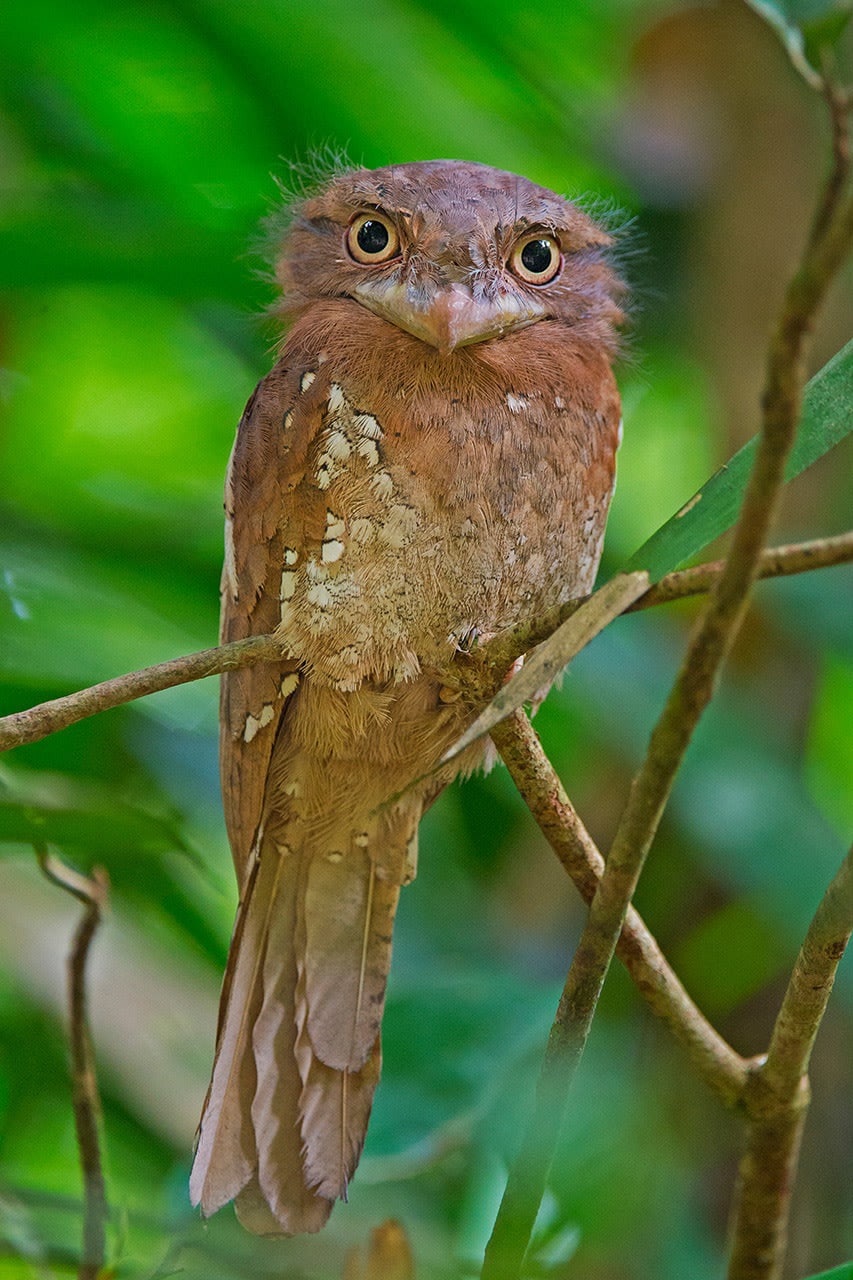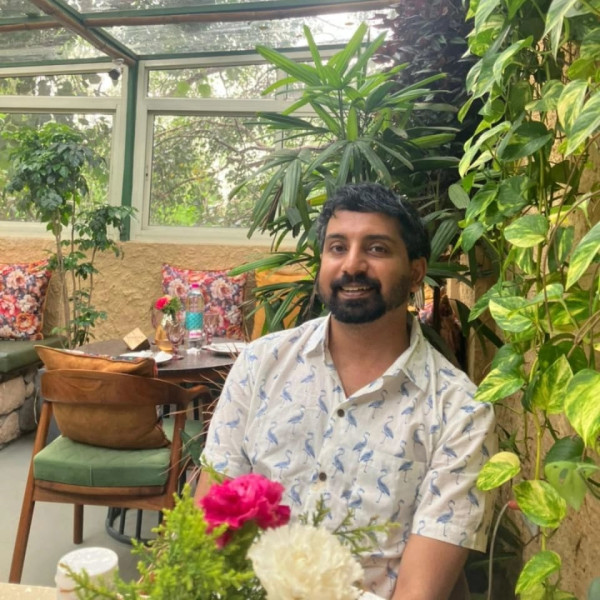 Listen to this article
•
15:34 min
Listen to this article
•
15:34 min
In the winter of 2014, my father cajoled me into taking my cousin to Thattekad Bird Sanctuary, a three-hour drive from our Thalavady home. The assumption was that since I worked for a wildlife magazine then, I could spark an interest in the wild in my comrade on the couch. Little did I know that this trip would instead trigger my interest in birding.
Thattekad Bird Sanctuary, or Salim Ali Bird Sanctuary, is Kerala’s first bird sanctuary. The evergreen lowland forest located around 64 km from Kochi is tucked away on the banks of the state’s longest river, the Periyar.
According to the Kerala Forests and Wildlife Department, 270 species of birds have been reported from the sanctuary. Renowned ornithologist and naturalist Salim Ali, who was instrumental in the formation of the 25-sq-km sanctuary in 1983, described Thattekad as “the richest bird habitat of peninsular India”.
One morning, equipped with binoculars, our guide, Girish Chandran, led us up a rock face in Urulanthanni at one end of the sanctuary. The 360-degree vantage point on top of the tableland gave us a good view of the surrounding forest, and we were in for a special treat. The birds slowly arrived on the surrounding trees initially and then in a flurry. Barbets, babblers, bee-eaters, bulbuls, cuckoos, drongos, flowerpeckers, flycatchers, leafbirds, minivets, mynas, munias, orioles, parakeets — they were flitting about so thick and fast that at one point we didn’t know where to look anymore.
Here’s a glimpse of a few of the avian wonders of Thattekad Bird Sanctuary through the lenses of wildlife photographer Dhritiman Mukherjee.

Another elusive and sought-after bird at the sanctuary is the Sri Lanka frogmouth (Batrachostomus moniliger). Aware of spots where they roost, Girish took us right to a frogmouth and said, “Can you spot the bird? It’s right in front of your eyes.” My cousin and I were unable to spot the perfectly camouflaged bird sitting on a branch less than a metre away from us until Girish pointed it out to us,
Thattekad’s dense understorey allows this secretive bird to roost deep in the tangle of branches by day. The cryptic bird resembling a cross between an owl and a nightjar can be spotted only by a trained eye. “There are around 10-18 pairs here. They have been continuously changing their roosting spots of late. The reason could be the increasing number of elephants, Malabar giant squirrels and bonnet macaques that disturb their habitat. The frogmouth is a very shy bird. It won’t roost in the same location again if it is disturbed,” said Sudhamma, Girish’s mother and the first licensed female forest guide in Thattekad.
The (1) black-backed dwarf-kingfisher’s (Ceyx erithaca) red bill, yellow-orange underparts, lilac-rufous upperparts and blue-black back distinguish it from the other kingfishers in its range. Like other kingfishers, this brilliantly coloured bird is seen near waterbodies, where it feeds on insects, spiders, worms, crabs, fish, frogs and lizards.
(2) The white-bellied blue flycatcher (Cyornis pallidipes) is endemic to the Western Ghats. It forages in thick tangles and undergrowth, picking insects from low foliage and pursuing them aerially. The dainty bird has a distinctive habit of flicking and spreading its tail when perched.

Most of the ten species of owls found in Thattekad, including the (1) Indian scops owl (Otus bakkamoena) and (2) Sri Lanka bay-owl (Phodilus assimilis) are not easily sighted. “The scops owl usually occupies cavities in bamboo. And it will come and roost at the same spot repeatedly for many days. The bay-owl is territorial. One or two individuals may occupy a territory of half a square kilometre,” Sudhamma points out.
“One of the amazing things (about Thattekad) is that sometimes when you are walking in the forest, you will suddenly see a rare bird like the bay-owl sitting barely two feet from you. Thattekad is full of such surprises,” says Mukherjee when I speak to him about his experiences in Thattekad.


Mukherjee, who has visited the sanctuary multiple times over the years, likened Thattekad to a repository of birds, “We sometimes struggle to spot certain species, but places like Thattekad rejuvenate our mind. It reminds us that a particular bird does exist, and it is possible to see it. I always make it a point to stop at Thattekad for a day or two whenever I am in and around Kerala,” he says.
Thattekad is a birding paradise like few others in the country. However, increasing human-animal interactions around the sanctuary is a cause for concern. “Elephants didn’t venture out of the forest earlier. Now, most of them venture out towards pineapple, jackfruit, and plantain plantations near the sanctuary’s boundary. Three or four forest watchers have been appointed to keep an eye on the elephants. They drive the aaney from the farms back to the forest with the help of firecrackers. Land around the forest is also being encroached upon,” sighed Sudhamma.














